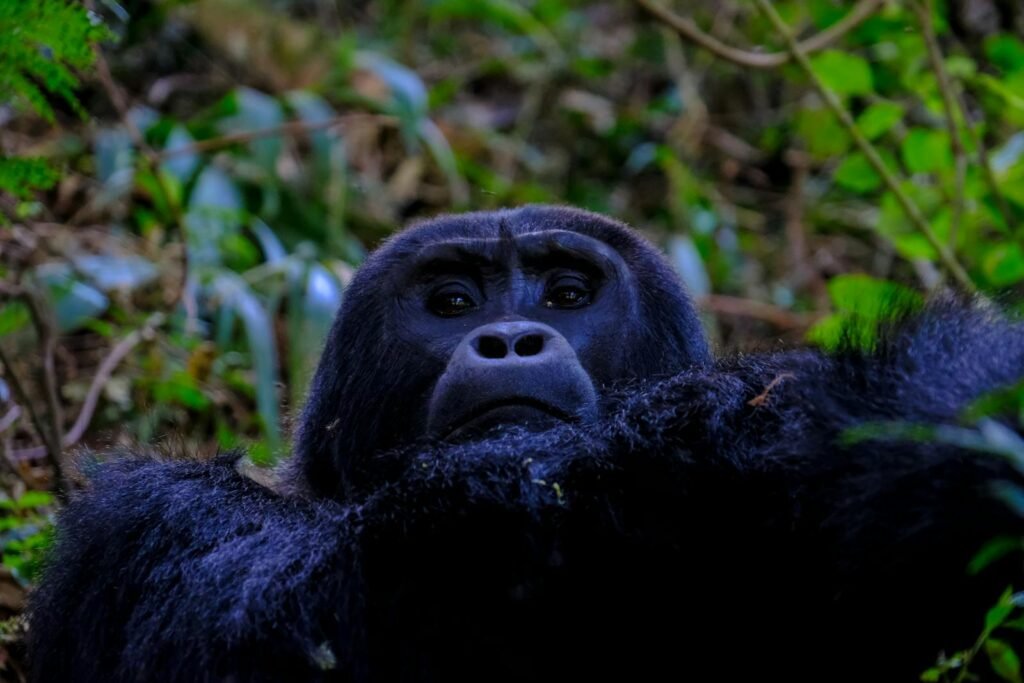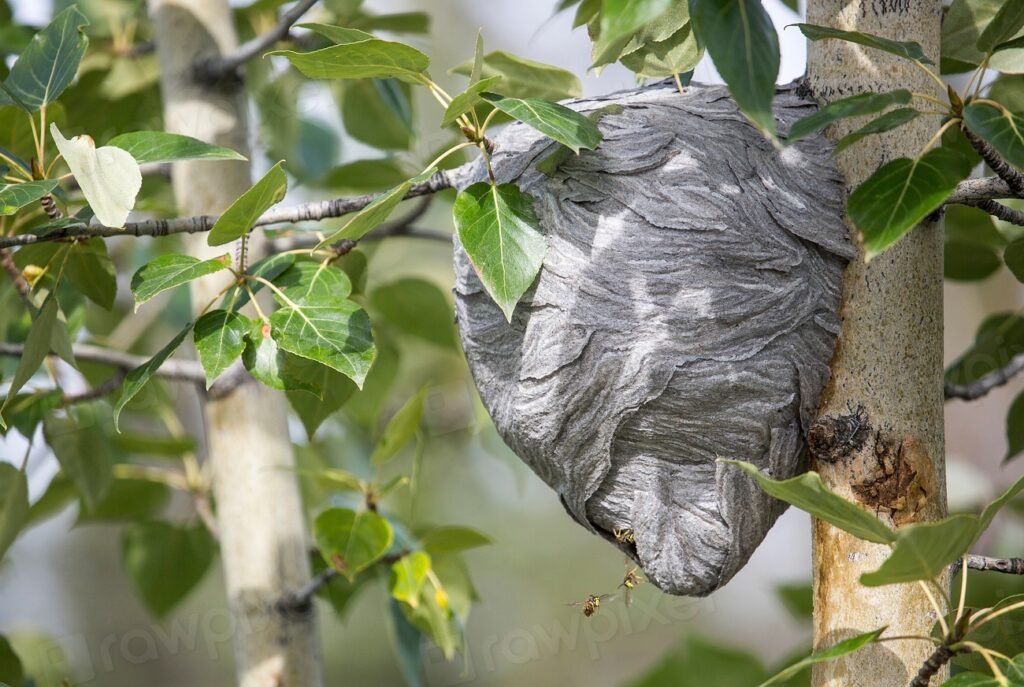Have you ever gazed at a coral reef and thought you were looking at a pile of underwater rocks splashed with color? It’s a common mistake, but it couldn’t be further from the truth. Beneath the waves, corals are alive—pulsing, breathing, and fighting for survival in a world more dramatic than any ocean documentary can show. Imagine a city bustling with millions of tiny architects, each working together to build an underwater metropolis that supports a quarter of all marine life. Their secret lives are filled with hidden battles, mysterious relationships, and dazzling displays of resilience. Let’s dive beneath the surface and reveal why coral reefs are so much more than just pretty scenery—they’re the beating heart of the ocean.
Coral: The Animal Behind the Beauty
Most people are shocked to learn that coral is an animal, not a plant or a rock. Each coral is made up of hundreds or thousands of tiny creatures called polyps. These polyps look a bit like miniature sea anemones, and together they form colonies that create the coral structures we all recognize. They open up at night, waving their tentacles to catch microscopic food drifting by. It’s almost like a garden that blooms under the moonlight, but every “flower” is alive and hungry. The next time you look at a coral reef, remember: you’re seeing an animal metropolis, not a pile of stones.
The Secret Builders: How Corals Construct Reefs
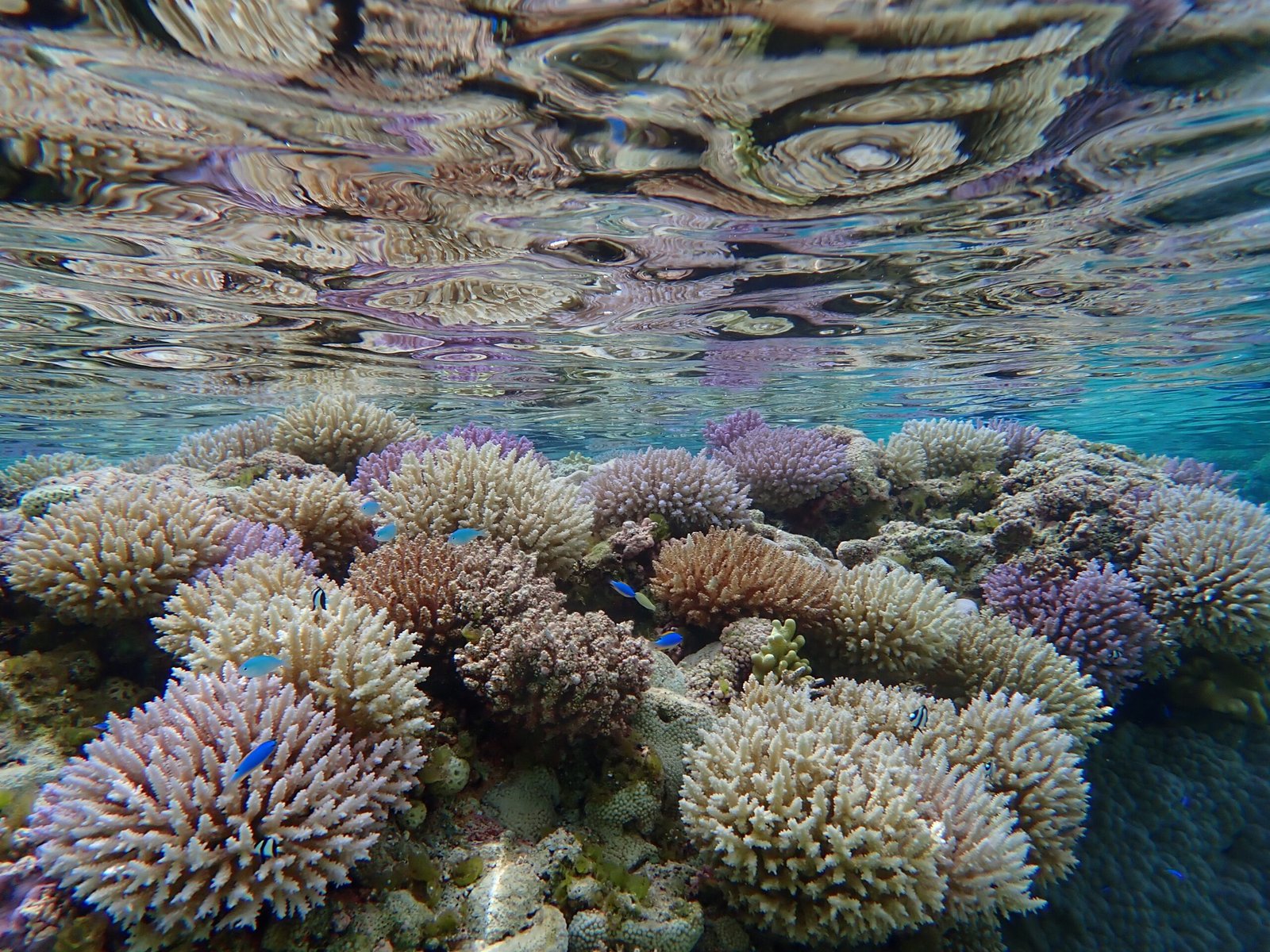
Corals are the world’s most patient architects. Over decades and centuries, polyps extract calcium from seawater and use it to build hard skeletons beneath them. These skeletons pile up, layer by layer, eventually forming massive reefs that can stretch for hundreds of miles. It’s as if millions of tiny hands are laying bricks, one at a time, in perfect unison. Some of the world’s largest structures—including Australia’s Great Barrier Reef—were built this way. It’s a slow-motion construction project that never stops, as long as the ocean stays healthy.
The Symbiotic Dance: Coral and Algae
Coral polyps aren’t working alone. They’ve formed a powerful partnership with tiny algae called zooxanthellae. These algae live inside the coral’s tissues, helping to feed them through photosynthesis. In exchange, the coral provides the algae with a safe place to live and access to sunlight. Together, they create the vivid colors that make reefs so stunning. This relationship is so crucial that if the algae disappear—a process called bleaching—the coral often dies. It’s a dance of life and death, where both partners depend on each other to survive.
The Colorful Language of Coral
The dazzling colors of coral reefs aren’t just for show. Those brilliant reds, blues, and greens are signals—sometimes warning, sometimes inviting. Some corals use color to attract certain fish species that help clean them or defend them from predators. Others use pigments to shield themselves from the harsh sun, much like we use sunscreen. When corals are stressed, they may lose their color completely, turning ghostly white. This isn’t just a change in appearance; it’s a silent scream that the reef is in trouble.
Underwater Cities: The Biodiversity of Coral Reefs
Coral reefs are often called the “rainforests of the sea,” and for good reason. Even though they cover less than 1% of the ocean floor, they support about 25% of all marine species. Fish, sharks, turtles, and invertebrates all find food and shelter within the maze of coral branches. Think of a coral reef as a high-rise apartment complex, with every nook and cranny filled with life. Some creatures spend their entire lives here, while others visit for food, breeding, or protection from predators.
The Nightlife: Coral After Dark
When the sun sets, coral reefs come alive in unexpected ways. Many coral species extend their tentacles to feed under the cover of darkness, snaring plankton that drifts by in the current. Bioluminescent creatures light up the water with flashes of blue and green, creating an underwater light show. At night, predators like moray eels and octopuses roam the reef, while daytime residents find safe hiding places. It’s a world transformed, full of drama and mystery.
Coral Reproduction: A Synchronized Spectacle
Coral reproduction is one of nature’s most breathtaking phenomena. Once a year, often timed perfectly with the full moon, vast stretches of reef erupt in a synchronized spawning event. Millions of tiny eggs and sperm are released into the water, creating a pink, cloud-like haze. This remarkable timing increases the chances of fertilization and is one of the greatest spectacles in the animal kingdom. Imagine the world’s biggest fireworks show, but underwater and invisible to most of us.
Silent Warriors: Coral’s Defense Mechanisms
Coral reefs aren’t defenseless. Many species have evolved stinging cells to fend off predators, and some can even grow sharp spines. Certain corals compete with their neighbors for space, using chemical warfare—releasing toxins to keep rivals at bay. Others form alliances with fish or crustaceans that patrol the reef and chase away unwelcome visitors. Life on the reef is a constant struggle, with every animal jostling for its slice of the sun.
Coral Bleaching: A Warning from the Ocean
Coral bleaching is one of the most visible signs that our oceans are in trouble. When water gets too warm, corals expel their algae partners, losing both their color and their main source of food. Bleached corals are weak and vulnerable to disease. In recent years, mass bleaching events have devastated reefs around the world, turning vibrant cities into skeletal ruins. It’s like watching a vibrant neighborhood empty out overnight—a haunting reminder of how quickly things can change.
Climate Change and the Fate of Coral

Coral reefs are on the frontlines of climate change. Rising sea temperatures, ocean acidification, and stronger storms all put stress on these fragile animals. Scientists warn that if current trends continue, most of the world’s reefs could disappear within a generation. This isn’t just a loss of beauty; it’s a loss of food, livelihoods, and coastal protection for millions of people. The fate of coral is a wake-up call for all of us about the health of our planet.
Coral’s Role in Protecting Coastlines
Coral reefs act as natural breakwaters, absorbing the force of waves and protecting shorelines from erosion. In places like the Caribbean and Southeast Asia, reefs are the first line of defense against hurricanes and tsunamis. When reefs disappear, coastal communities become more vulnerable to flooding and storm damage. It’s a role that’s often overlooked but absolutely crucial, especially as extreme weather events become more common.
Medicines from the Reef: Coral’s Hidden Gift
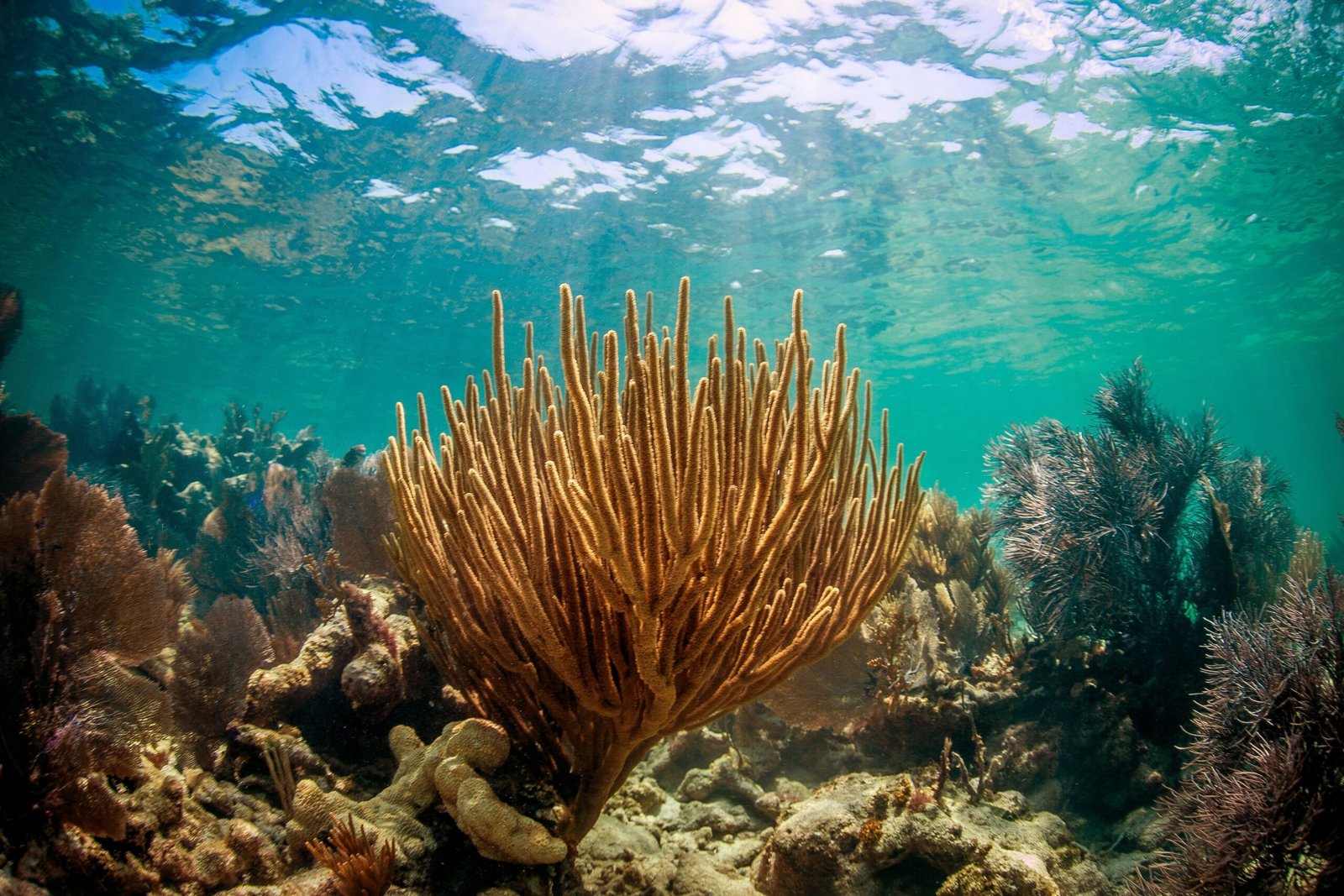
Coral reefs are a treasure trove of medical discoveries. Compounds derived from coral and their inhabitants are being studied for treatments for cancer, arthritis, and bacterial infections. The unique chemistry of reef organisms has inspired everything from painkillers to anti-viral drugs. Every time a reef dies, we lose potential cures for diseases we haven’t even discovered yet. It’s a powerful reminder of why protecting coral is in everyone’s interest.
The Sound of the Reef: Acoustic Wonders
You might not expect it, but coral reefs are surprisingly noisy places. The crackle and pop of snapping shrimp, the grunts of fish, and the whoosh of water create a lively underwater symphony. These sounds help young fish find their way home and warn predators to stay away. Healthy reefs are loud, while dying reefs fall eerily silent. It’s like a city that goes quiet when disaster strikes—a haunting sign that something is deeply wrong.
Coral Camouflage: Masters of Disguise
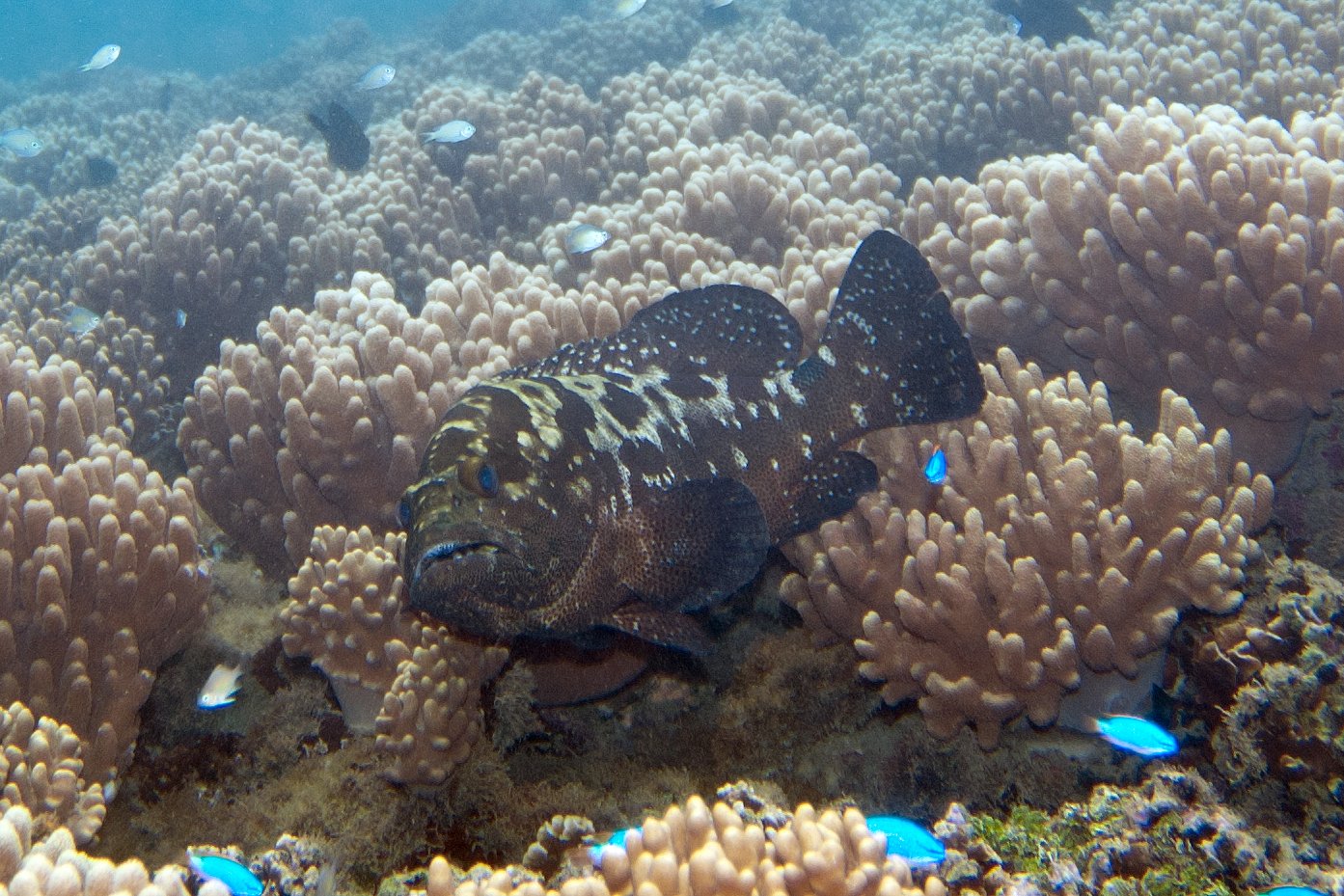
Some corals and their inhabitants have evolved incredible ways to blend into their surroundings. Certain fish and invertebrates mimic the colors and shapes of coral branches to avoid predators. Even the polyps themselves can retract or change color to avoid being noticed. This game of hide-and-seek is a daily reality on the reef, where being seen can mean being eaten. It’s nature’s version of high-stakes hide-and-seek, with survival on the line.
Mutual Aid: Coral’s Friends and Allies
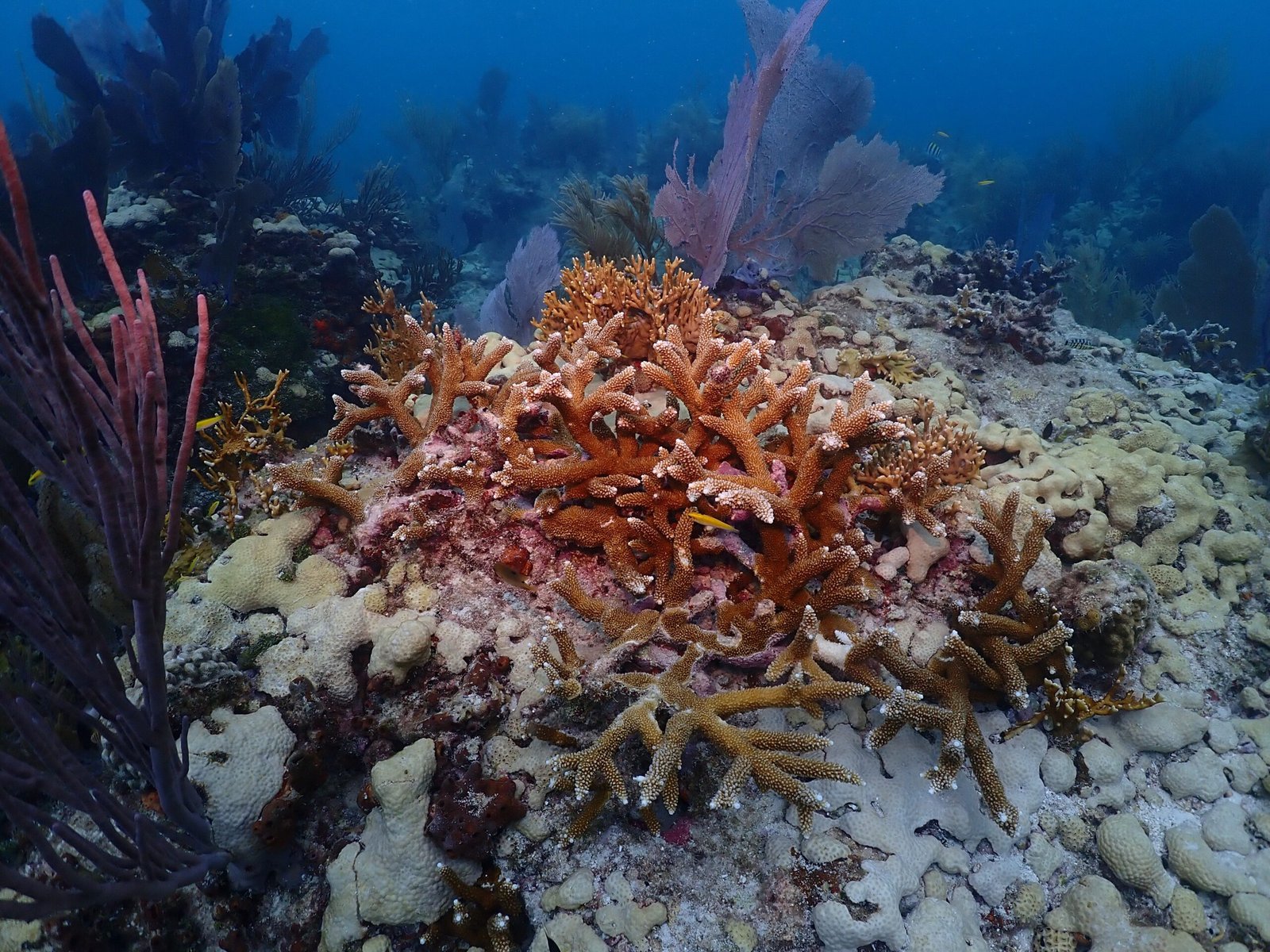
Coral reefs are built on partnerships. Cleaner fish pick parasites off bigger fish, while tiny shrimp defend their coral homes against invaders. Some crabs live inside the coral branches, waving their claws to keep predators at bay. These mutual relationships help keep the reef healthy and thriving. It’s a living example of how cooperation can make an entire ecosystem stronger.
Coral Gardening: Human Efforts to Restore Reefs
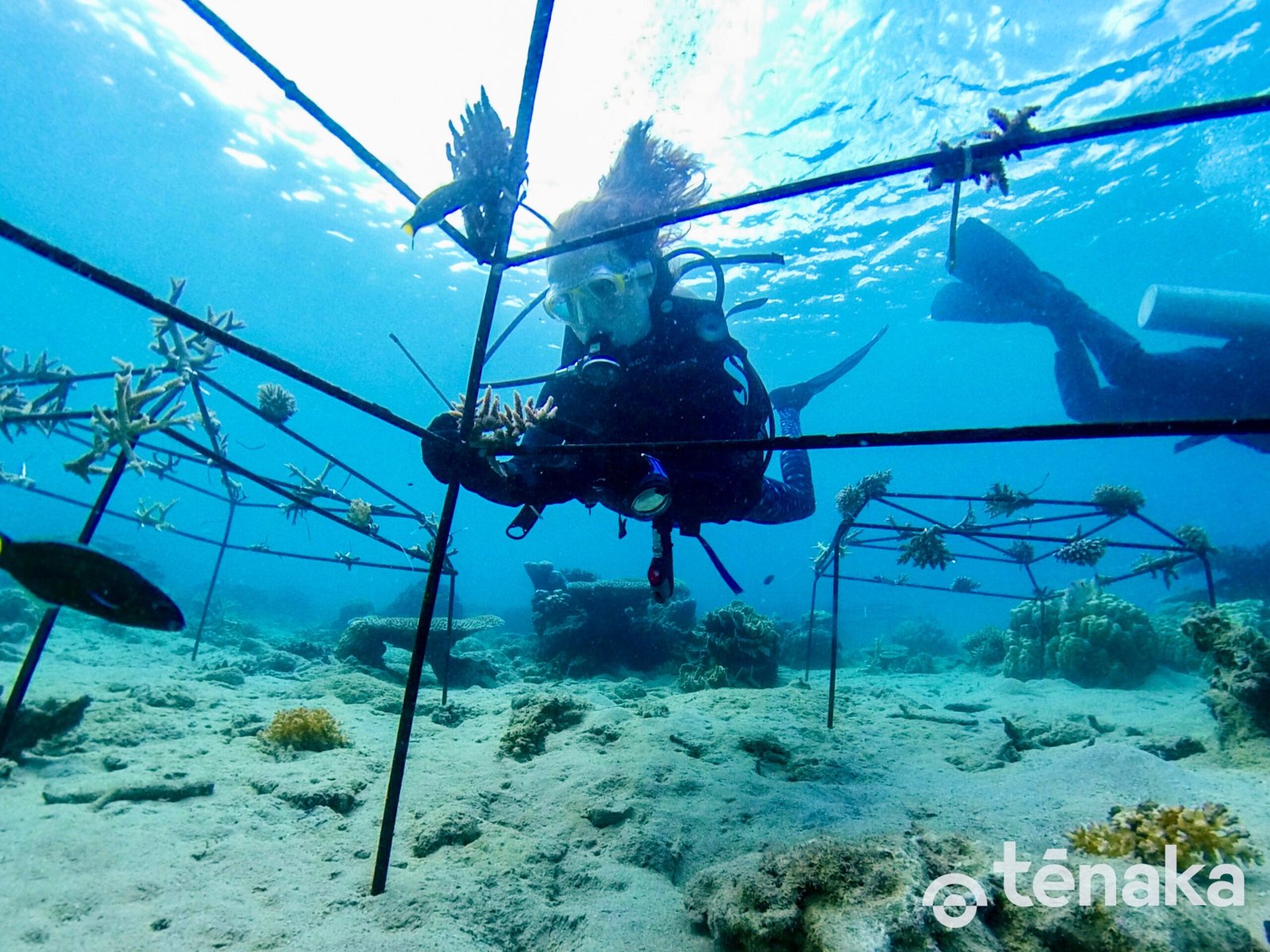
People around the world are working to save coral reefs through an approach called “coral gardening.” Scientists grow baby corals in nurseries, then transplant them onto damaged reefs. It’s a painstaking process, but it’s giving hope where none existed before. Divers, scientists, and even local fishermen are coming together to rebuild what’s been lost. Every new coral planted is a small act of defiance against a changing world.
From Ancient Times to Modern Seas: Coral’s Long History
Coral reefs have been around for more than 400 million years, surviving mass extinctions and dramatic shifts in Earth’s climate. Fossilized reefs in places like Canada and Europe tell stories of ancient oceans and vanished worlds. Today’s reefs are both a legacy of the past and a fragile promise for the future. They remind us that life can endure, but only if we give it the chance.
Coral in Culture: Myths, Art, and Inspiration
Coral has inspired human imagination for thousands of years. Ancient Mediterranean cultures believed coral was the petrified blood of sea monsters, and in Asia, red coral symbolizes good luck and protection. Today, coral shapes art, jewelry, and even architecture. Its intricate forms and vivid colors remind us of the creativity and beauty found in nature’s designs. Coral connects us to the sea in ways both mystical and practical.
The Future of Coral: Innovation and Hope
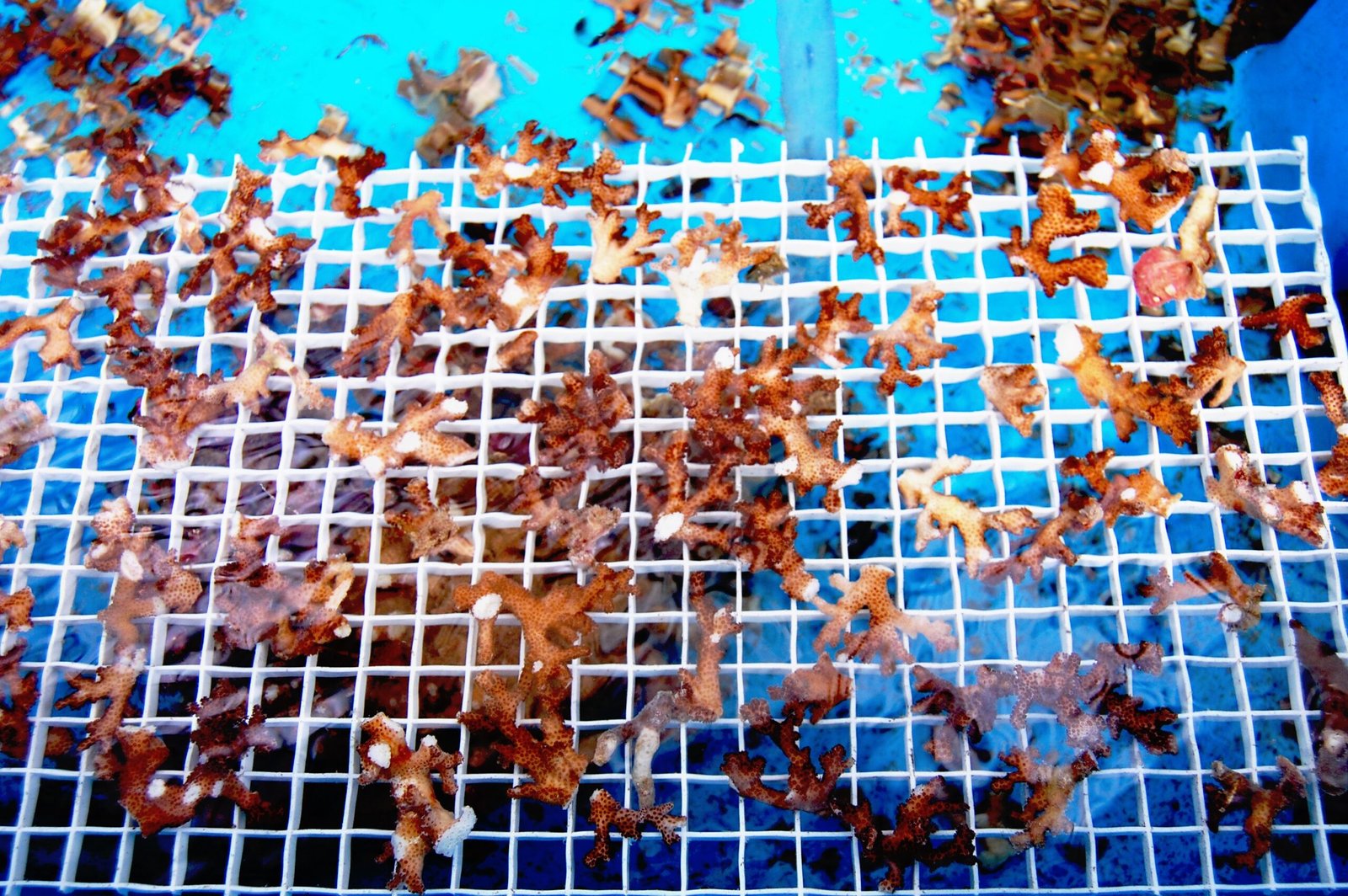
Despite the challenges, there is reason for hope. Scientists are breeding coral strains that can withstand higher temperatures, and new technologies are helping to monitor and protect reefs more effectively. Local communities are embracing sustainable fishing and tourism to reduce pressure on fragile ecosystems. Every breakthrough, every act of conservation, is a step toward a brighter future for coral reefs and the countless lives that depend on them.
What will you remember the next time you see a coral reef—its colors, its creatures, or the secret world hidden just beneath the surface?


